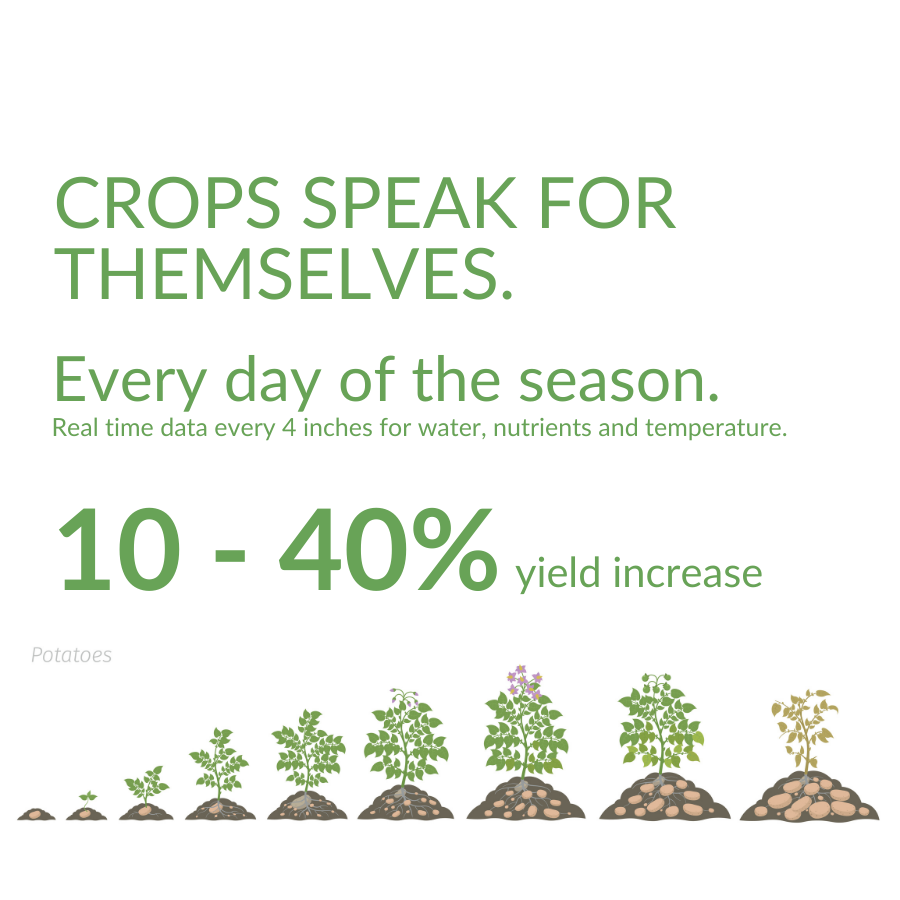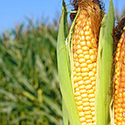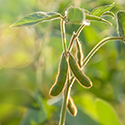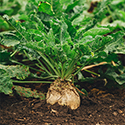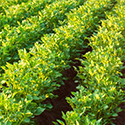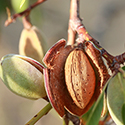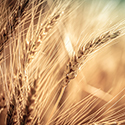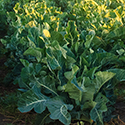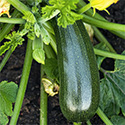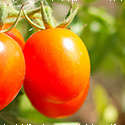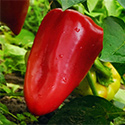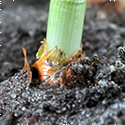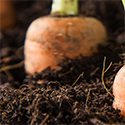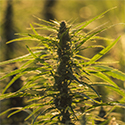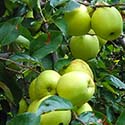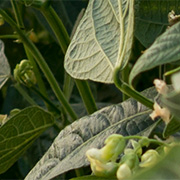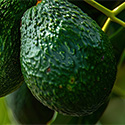How to grow cucurbits
- The cucurbit family includes cucumber, watermelon, cantaloupe, pumpkins, zucchini and other squashes
- They are scientifically classified as fruits, not vegetables
- Cucurbits are monoecious; each plant produces both male and female flowers, which must be cross-pollinated by insects for fruit set to occur
- Many Cucurbit seeds are edible, and there is a world market for them
- Higher value and short shelf lives for cucumbers, zucchini and summer squash make these Cucurbits attractive to smallholders in the U.S. who sell at farm stands and Farmer’s markets
Growing cucurbits
- Most Cucurbits are grown from seed in open fields.
- Greenhouse Cucurbits are grown from transplants, and are often trellised
- More cucumbers are grown for pickling than for fresh produce
- Florida is the leading producer of Cucurbits in the U.S.
- Summer squash such as zucchini and yellow/crookneck are harvested immature and stay fresh a few weeks
- Winter squash such as butternut are harvested mature and can stay fresh several months
- All Cucurbits are warm-season plants, winter squash refers to the fruit’s ability to keep for several months
- Many Cucurbits are planted successively over a growing season to spread out the harvest
- Deep fertile well-drained soil is preferred, but Cucurbits are successfully grown in many soil types
- Cucurbit tap roots can go 3-4’deep, but the main bulk of roots is a thick mat within 8” of the surface
- Raised mounds with plastic mulch and trickle irrigation are common
Challenges growing cucurbits
Cucurbits can require a great deal of water when the fruit are maturing. In the drought-plagued West, this can be a problem. Some farms still flood the furrows to irrigate, as overhead watering can cause disease, but soaking and other trickle type irrigation is becoming more prevalent. When harvested, members of the cucumber family require near-immediate refrigeration and as fresh produce cucumbers have a short shelf life of about 2 weeks. Saving seeds for replanting is not recommended, because most Cucurbits are hybrids. Because the plants can cross-pollinate, the subsequent crop may not be as large or robust. Seeds are sensitive to cold, and will rot when soil temperature is under 60°F.
Probably the largest issue for Cucurbits today and other fruits such as tomatoes is the plastic mulch used to control weeds and warm the soil. The mulch is really just long sheets of plastic pinned to the ground over the mounds. Small holes are cut at intervals to allow for seed planting. While plastic mulch is very effective, most of it is petroleum-based, and not recyclable, so it is thrown away. Biodegradable alternatives are becoming available, but to date none of these can be considered “organic”. There is an irony in that organic growers, who can’t spray pesticide, rely more heavily on plastic mulch than traditional growers.
The market for cucurbits
Cucurbit seeds are edible, and generally more exportable than the fruit. World market for seeds is expected to grow by 6.5% to US $3.8B in 2027. In the US, competition from Mexico has slowed U.S. production of vegetables overall. U.S. production of cucumbers alone fell from a high of $237M in 2009 to $135M in 2019. The Global Cucumber and Gherkins Market will grow by $1.07B during 2020-2024.
Nitrogen Use Efficiency for Cucerbits
The figure for cucumber NUE is 30-40% meaning that on the average over 2/3 of the applied nitrogen is lost to leaching, denitrification, volatilization, or immobilization (conversion to organic matter). The accepted optimum distribution of nitrogen fertilizer in any form is around 100-120 kg/ha.
How can the nitrogen use efficiency be improved?
- Applying nitrogen in smaller amounts can produce equivalent yield with improved efficiency
- A split application generally produces better uptake results, but seems to have little effect on yield.
Contact AquaSpy
AquaSpy Crophesy for cucerbits
With a Crophesy annual subscription, you receive a free simple, three-sensor, wireless, soil moisture probe. Place these rugged, water-tight probes throughout your cucurbit field and connect them to the app via your smartphone.
Then you can instantly monitor soil and crop health for all of your cucurbit crops. And if you want to test the soil in other areas, you can quickly and easily move the moisture probe, which is battery-powered and provides season-long insight.
While you can look at the visual analysis of leaves, spending hours in your field, Crophesy enables you to open your app from anywhere and show you what kind of nourishment is available in your soil at your cole crop root depth. With this data, you can determine when the active root zone needs vital nutrients.
In addition to nutrient data, the Crophesy app can show you:
- Moisture consumption at the root level
- Salinity level in the active root zone
- Root depth
- Soil temperature near the sensors
- Irrigation depth
And it tells you all this without you having to step foot in your cucurbit field.
